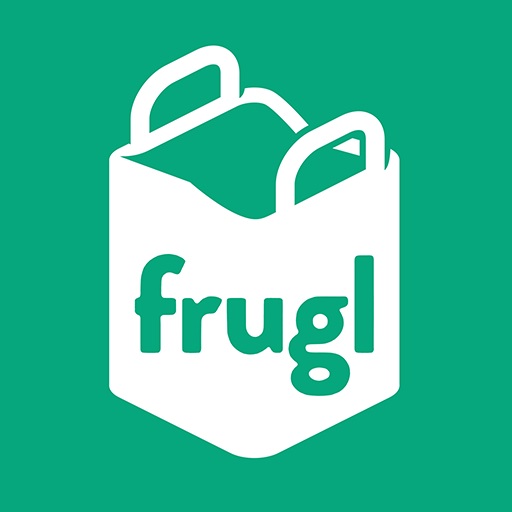Leading Australian grocery comparison app, Frugl, has released the latest version of its app, welcoming new retailers and enhanced app features.
Frugl’s grocery comparison functionality previously tracked prices between products at Coles and Woolworths, but the latest version brings in more retailers including Aldi, IGA Supermarkets, Drakes and Foodland.
Enhancements to the app include upgrades to the creation of custom lists, shared lists and collaborative lists; the introduction of the Shopping Note to split shopping lists; retained and streamlined wellness tools, and the ability to login to Frugl via Facebook, Google and Apple.
The Frugl app first launched a couple of years ago but due to the sheer amount of data, it was difficult to deliver the information in a presentable way to end users without impacting app performance, according to CEO, Sean Smith.
“Initially it was a challenge to receive the full range of data necessary to power the Frugl app. We have around 60,000 products with potential price changes every week and we have been collating this information for well over two years now, so we have a substantive historical record of not only changes to the range, but also changes in prices,” he told Retailbiz in a recent interview.
“Each retailer puts out a catalogue each week with up to 300 products, but promotional prices are being implemented for anywhere between 3,500 and 7,500 products each week. This means collating the information requires a lot of transformation in the background including the use of advanced algorithmic methods to match products based on data points, as well as machine learning.”
Since initial launch, Frugl has gained about 40,000 users – without any material marketing investment – which reflects strong demand for the comparison app.
“Covid has had significant economic impacts on families so price sensitivity is increasing, and groceries are a significant repeating cost. For a family of four, it’s not unheard of to spend up to $600 a week on groceries so if you can save 20% by using something like the Frugl app, it’s a substantial impact,” Smith said.
Price is often the number one factor when it comes to shopping behaviour, but it’s not the only one, with health and diet coming to the forefront.
“This is evident in the boom in plant-based products with entire sections dedicated to them in supermarkets now. We’ve emphasised the collation of nutritional data into our product sets and provide the tools to see this data. Users can set up a personal profile for warnings or to filter out products that don’t meet set thresholds. For example, salt, sugar or fat, or allergens, to help people manage their dietary requirements,” Smith said.
“Provenance has also become increasingly important – where products are made, grown or shipped from – with many customers wanting to shop local.”

Since the latest app release was introduced in January, there’s been about 3,000 new users sign up to the app – again without any real marketing effort – and initial feedback has been positive.
“The front end of the app was completely re-built, and we engaged UX specialists. We’ve introduced new retailers, which is part of our long-term goal to increase the grocery picture across retailers. This can be challenging though as a lot of them don’t have pricing available online, particularly independent chains that don’t have standardised pricing across their stores, only their catalogue.”
Frugl doesn’t partner or work with any retailers; the app simply collates public information available online. “We would rather work with retailers and bring data feeds in but we wanted to ensure we had the right product to present to them and the right level of audience so user growth was critical,” Smith said.
“We are now reaching out to retailers and showing them our platform, customer growth, and product roadmap for the next 12 months. Online shopping is increasing dramatically, and prior research is increasing, so we believe we have a strong opportunity for retailers to get their brand and products in front of shoppers at a localised or national scale.”
Frugl has plans for the app to go transactional later in the year, which will be supported by significant marketing investment. Various transaction capabilities are slated to launch in Q2 for a first release, with additional transaction capabilities, as well as fulfilment and self-management options for retailers including dropship and Click & Collect also in the pipeline.
Category expansion is another area being investigated. The Frugl app is currently focused on grocery but there are other related categories such as liquor, pet, vitamins and supplements that are under consideration.
On a parting note, Smith shared his overarching message to retailers across the industry: “Frugl is a data analytics business, and we have a retail analytics product where we feed associated retail data that we capture around price, promotion, and range, and then customer behaviour to offer analytics solutions for retail businesses.
“We have a combination of people in the business who are e-commerce and retail specialists or data analysts in the retail space. We are working with several retailers whether it’s at a category level, nutritional level or anything related to the ability to drill backwards into the data to look at trends and changes across the retail landscape.”

